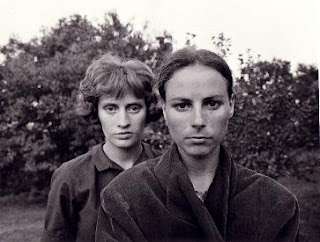The element that I see in this picture is Balance, the photo is balanced because the center point of focus is balanced evenly among the right side of the forest and the left side of the forest, it keeps the focus on the middle/key point of the picture.
The element in this photo is the point of view I say this because the photographer took the photo at a unique angle which is under the main point of focus , the location of the point of view helps draw attention to the main idea which is the man under the blue sky.
The element in this photo is avoiding mergers I say this because by the angle the picture was taken the photographer was able to create a merger in the center of the photo which makes the man in the picture look like he has the sun in his hands.
















































